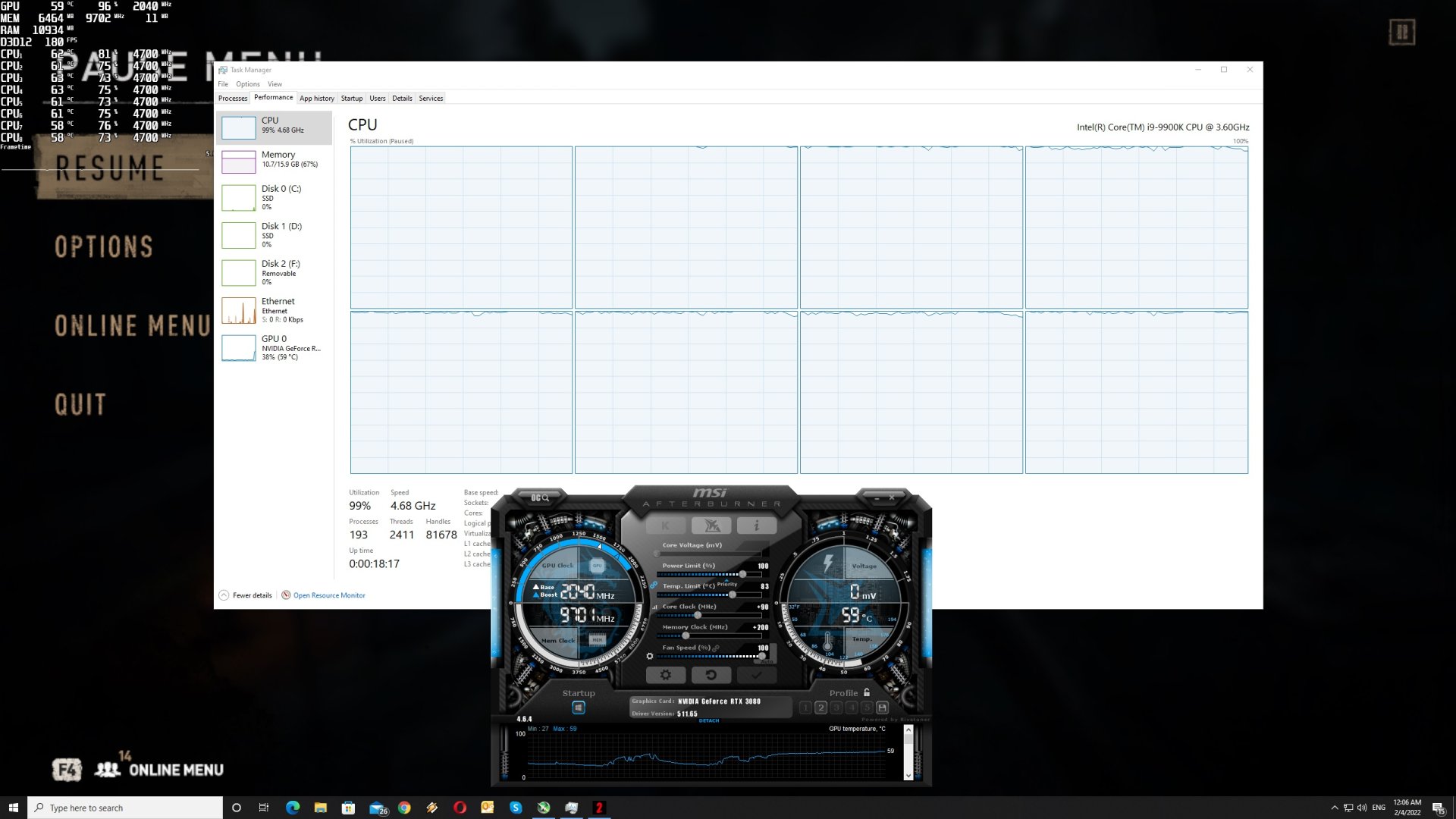

Jade is, simply, one hundred percent right about him. Note how Techland did try to make her a tiny bit more human:Įxcept of course it turns out not be a flaw, as her brother Rahim is, in fact, one highly irresponsible man who… Okay, I won’t spoil it, but let’s just say that chaining him to a radiator and feeding him sleeping pills only would not be unreasonable. I could go on like this for a while, so let’s skip to this question… Does she have a single flaw? Does she save the hero again later in the game? Yes. What does she care about the most? Other people.

Is she a great fighter? She is a “renowned kickboxing champion nicknamed The Scorpion”. I cannot count the amount of times the characters say “Jade takes no shit from anyone”. She’s behind all reasonable and right decisions against the hot-headed leader of the survivors. Is she brave? Yes, much braver than the hero. How does she react to the fact that saving the hero cost her friend’s life? She suffers in silence but lets our hero know she does not blame him. How does she enter the story? She saves the hero’s life at the beginning of the game. Meet the main woman NPC in the game, Jade Aldemir. And that lack of depth is what makes them weak. I could not say if it was the outside pressure to create “strong female characters” or simply the writer’s own choice, but the end result is women of Dying Light as paper-thin angels, saviors and leaders. But with an ideological goal like that, when it’s not about being human and it’s about a calculated social statement, it’s very easy to lose the ship to the cardboard shallows. I do believe in the honesty of the writer’s intention.


this issue of positive representation and portrayal of female characters is something near and dear to my heart. However, the failure to achieve that goal all begins with this quote: Combine that with the fact that – while still being a minority among light and heavy core gamers – more and more women are interested in games, and it’s no wonder that Techland wanted to make sure that the women of Dying Light have more dimensions than one. That is the way to go, and it’s no wonder that Telltale enjoys immense commercial and critical success. We have seen such approach in Telltale’s similarly themed The Walking Dead, where every NPC character is three-dimensional, even the most innocent ones: I don’t want to spoil the surprises and twists of the side quests involving a certain boy’s brother or the voice in the cellar, but let’s just say that they were the major reason behind the skyrocketing of my own personal score of the game.ĭying Light works best, then, when it’s a grim story of survival, and thus it’s no surprise that “believable, realistic” characters would only enhance the immersion. However, in the second half of the game, Dying Light finds its own voice and starts telling engaging, even if simple stories of real human drama. These characters, forced and with all too obvious geneses, are more embarrassing than interesting. We have seen madmen in Far Cry and schizophrenic grave robbers in Red Dead Redemption, and now we have a creepy Gazi who talks to his dead mother, and a Gas Mask Man who keeps fresh air in a bag. In its first half, one of the things that Dying Light unsuccessfully tries to copy from other games are quirky NPCs. But it’s quite interesting to analyze why. If we’ve done our jobs right, we have given these women believable, realistic lives. This is what one of the writers of Dying Light said about the three major women in the game:


 0 kommentar(er)
0 kommentar(er)
